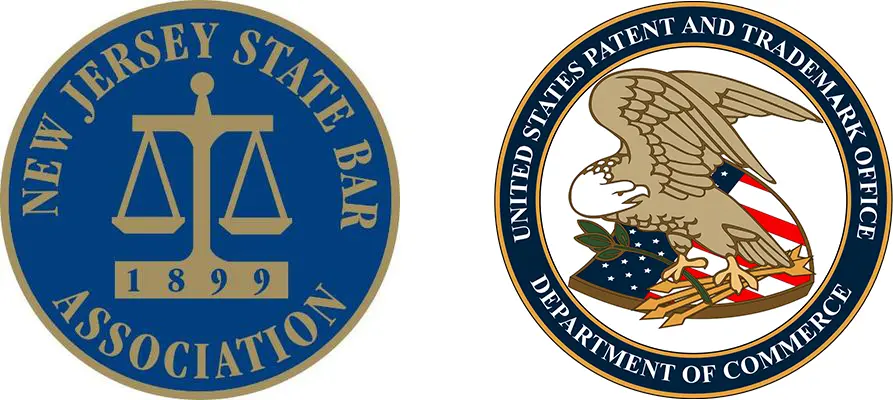April 20th, 2014 by Thomas J Germinario
You know it has to do with product and invention protection – but what are patents, exactly?
Patents are one type of intellectual property protection, along with copyrights and trademarks. Patents generally apply to concrete inventions – like tools, machinery, and Thomas Edison’s famous light bulb – or to processes, like a new business process or software. Possible examples of patents might include a functioning hovercraft, a more efficient device to water a garden, a new formula for shampoo, or a checklist system to improve doctor efficiency at a hospital. Successful patents for inventions and innovations like these ensure the inventor’s safety from patent infringement and costly patent lawsuits for up to 20 years from the date the patent application process begins.
Note that a patent does not cover a brand or a product itself – this would require trademark protection. Strict requirements govern the issuing of a patent, such as a light bulb, whereas a unique product name and brand image can be trademarked for a product regardless of its uniqueness – such as Edison Light Bulbs®.
Posted in Patents
April 2nd, 2014 by Thomas J Germinario
While possible to file a patent yourself, there are risks involved. The patent process makes it possible for anyone to get a patent, but intellectual property attorneys are trained, registered patent experts with years of experience in patent research, patent application writing, working with patent examiners and appealing when the patent office rejects patent application claims, and protecting inventors from costly patent litigation.
It is unrealistic to think a do-it-yourself patent equals a cheap patent – if anything, trying to get a patent yourself could cost you a good deal of money when a competitor is able to sidestep loosely written patent claims and figure out another way to make the product that you are trying to get patent protection on. The patent process is also a time-consuming one, and missing a deadline or failing to submit patent application materials in a timely fashion could mean the rejection of your application.
To learn more about filing a patent yourself, visit the USPTO for resources for do-it-yourself patents.
Posted in Patents
March 25th, 2014 by Thomas J Germinario
An invention doesn’t have to be completely new to be patentable. Innovations form the bulk of existing patents – not entirely new inventions, but improvements on existing patents and patented inventions.
But before you go reinvent the wheel, it’s important to know that not just anything can be patented – there are specific patent requirements about whether the invention is sufficiently different from existing patents to deserve its own patent number and patent classification. The three major requirements for a patent are utility, novelty, and non-obviousness.
Utility says that an invention must have a utility or general function and must perform that function. An idea for a time travel machine, thus, would fail on this criterion, as it can’t actually perform its function at this point in time.
Novelty requires that an invention not be known, used or patented by others before the applicant invented it, nor sold or used publically in any country for more than a year prior to the patent application date. You can, therefore, neither reinvent the wheel nor patent it. So if you have been selling your new invention for a few months, it is in your best interest to find a patent attorney and patent it before your year runs out.
Non-obviousness requires that an invention be different enough from the prior art – or existing patents and inventions in use – that a person of ordinary skill in that field could not come up with the invention themselves. For example, if someone tried to take a patent for a specific kind of shovel and make it out of steel instead of aluminum, it would fail on non-obviousness.
Posted in Patents
March 10th, 2014 by Thomas J Germinario
So you have an idea for an invention – but is it patentable? A patentability search of existing filed patents will help you determine this.
The United States Patent and Trademark Office (USPTO) patent search engine is the first stop for determining the patentability of an invention. Performing a patent search draws on the patent claims, the description of the invention, and the diagrams of existing patents to determine whether the inventor’s new patent is unique compared to the existing patents, or the ‘prior art’. Experience with patents and the USPTO helps a patent searcher to identify those unique qualities qualify the invention for patent filing.
While possible to look up patents on your own, experienced patent search firms know how to find patents that might disqualify your patent without you realizing it. An informed patent analysis will also help you realize that many existing inventions do not, actually, disqualify your idea. Trying to patent it yourself risks losing a possibly valuable patent or pursuing a costly application without having a patentable product.
Interested in getting a search on a patent idea? Call (908) 879-0091 for a free 15-minute patent consultation.
Posted in Patents

